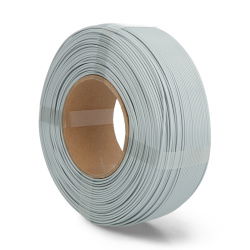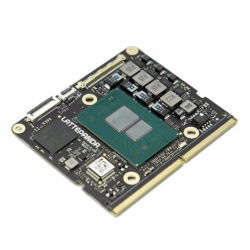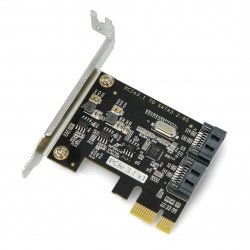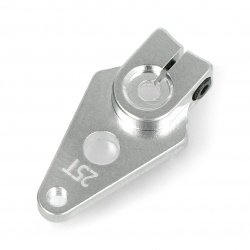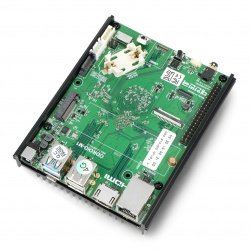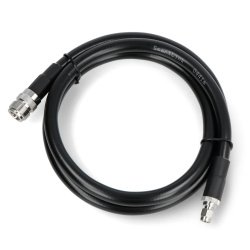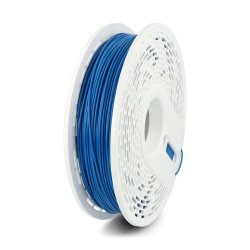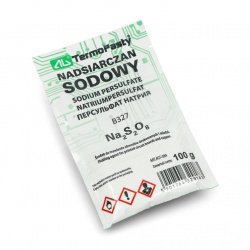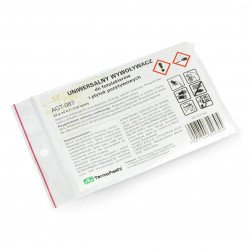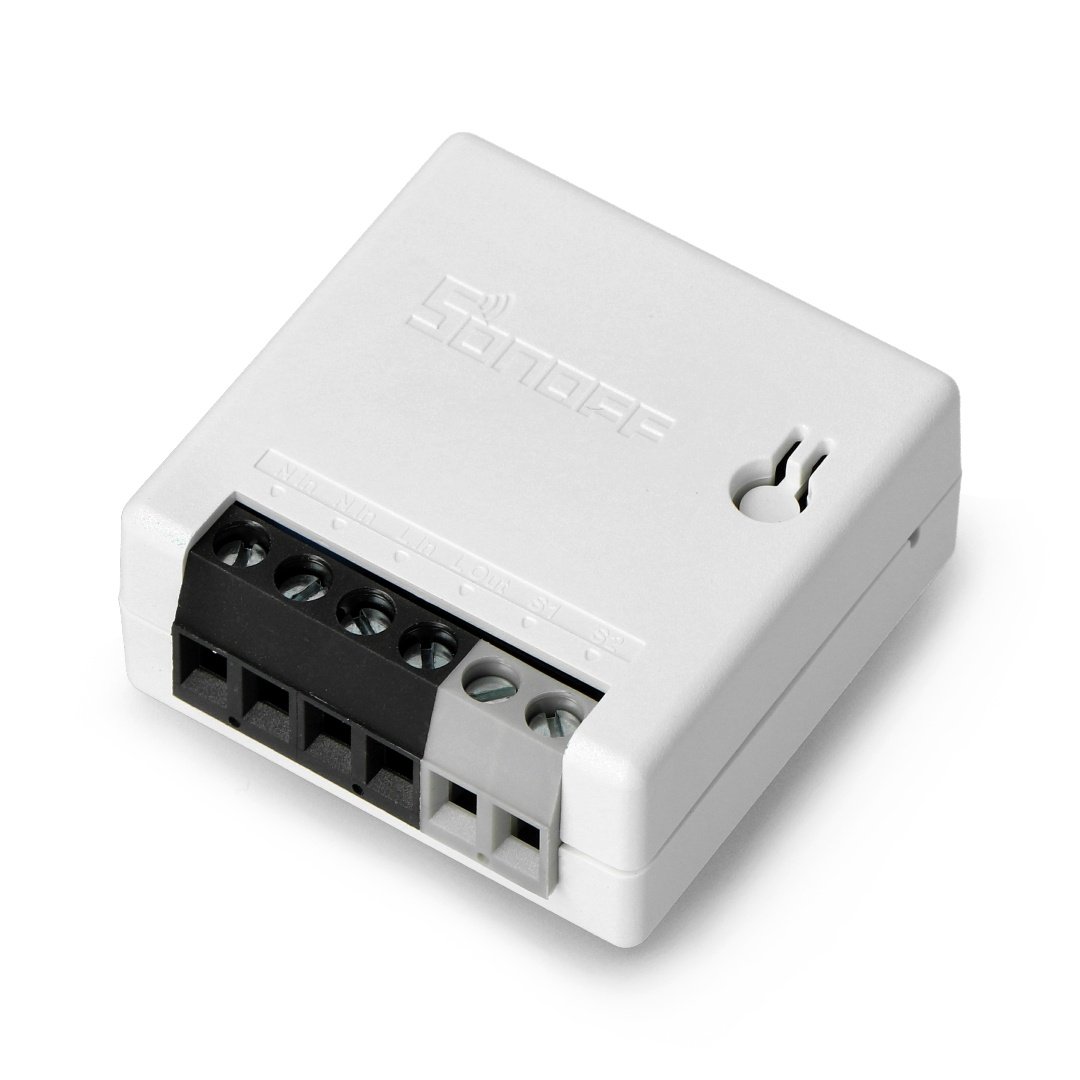PCB etchants
- Relevance
- New products first
- Name, A to Z
- Name, Z to A
- Price, low to high
- Price, high to low
- In stock
- Random
- 12
- 24
- 60
Etcher for circuit boards B327 - 100g
Printed circuit board etching agent. Dissolves very quickly and does not crystallise from the solution. It etch evenly, ensuring sharp contours and minimising irritation.Universal Developer for Photolakers and Positive Laminates - 22g
A product to develop photo-varnishes and positive plates. Provides good quality and sharpness of contours. It does not contain NaOH, which increases work safety.See also
PCB etching machine - what is it for?
Until a dozen or so years ago, designing and creating a printed circuit board on your own was a much bigger challenge than today. Nowadays, it is enough to acquire the appropriate knowledge and a few necessary tools to create a printed circuit board at home. The process is simply about designing paths and applying them to the surface of the PCB, which is covered with a thin layer of copper on its entire surface. Placing it in this state in a solution of water and etch would mean cleaning it from the metal layer. The way to "protect" part of the copper from etching is to apply an appropriate shield on its surface. In the past, placing the paths on the plate involved manual application of the paths to the copper layer. Today, it is easy to design the entire tile in detail in a dedicated graphics program. Then a photochemical or thermal transfer method is used (using laser printing) and the print is physically transferred to the tile surface. The whole tile is placed for a few minutes in an etching machine (a container with a water solution and an etching machine), and after taking it out, it is dried and cleaned from the photosensitive layer (in case of the photochemical method) or from the printing (in case of the phototransfer method). You can then use the finished printed circuit board.
PCB etch - what is it and how to use it?
An engraver is actually a fine crystalline sodium sulfate, or B327. It is worth making sure that its operation is as effective as possible. This is influenced by several important factors. First of all, an appropriate amount of B327 should be dissolved in water - a pack of 100 g of sodium persulphate should be dissolved in 0.2 litres to 0.3 litres of water. A 250 g package is an ideal amount to dissolve in about half a litre of water, while a half a kilo of digestion agent is enough for about a litre of water. Of course, the preparation can be portioned so that it can be used for many tiles in smaller quantities. Then remember to close the container tightly and place it out of reach of children and animals (for safety reasons). The temperature of water also plays an important role in the etching process - when the solution is formed the liquid should have a temperature of about 50 degrees Celsius. It should be taken into account that once the digestion fluid has been placed in the liquid, its temperature will cool down a little. Another important rule of thumb is to prepare a suitable vessel for the solution - no metal objects should be used for this purpose (in particular metal bowls should be avoided). During the process it is worth to have a mixer made of a piece of wood or an old plastic spoon at hand. This is important because when extracting the plate from the solution, avoid contact with the skin surface. During the etching process it is also worthwhile to gently stimulate the liquid to continuous movement. A special tool made for this purpose may work perfectly as a vessel. Electronic manufacturers often offer their customers dedicated lawn-makers that provide the best possible conditions for etching - they constantly maintain a temperature of about 50 degrees Celsius and provide air bubbles that ensure water movement. You can easily find this kind of equipment in the offer of Botland shop.










































































































































































































































































































































